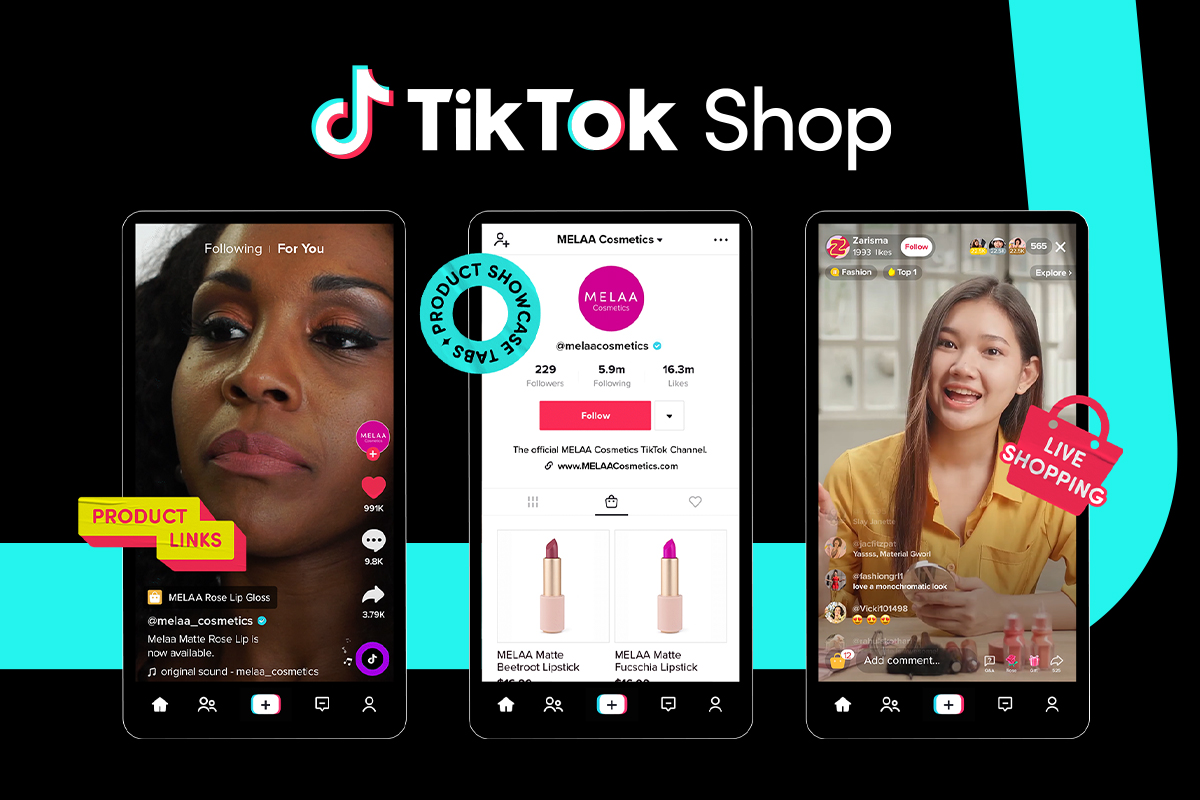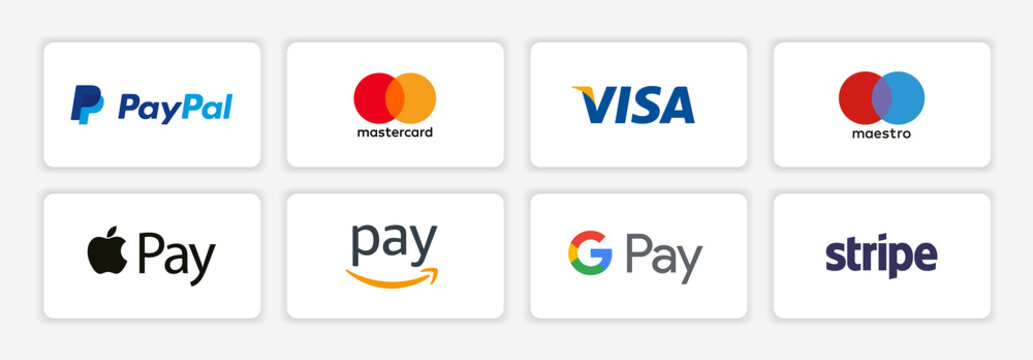The Importance of Staying Ahead of Tech Trends
The dropship model has unlocked a new era of e-commerce. It is easier for entrepreneurs to start online stores without large upfront costs. To succeed in this dynamic landscape, dropshippers must navigate and keep up with the changing consumer technology trends. As technology continues to redefine how consumers shop, it’s important that dropshippers adapt and meet the demands of the modern consumer.
In the digital era, technology is changing how consumers shop and engage with brands. New tools like smart devices, wearables, AI, and augmented reality (AR) are influencing what customers expect. By understanding these trends early, you can spot new product opportunities, improve marketing strategies, and enhance the customer experience for your dropship business.
In this article, we’ll explore how to stay agile and capitalize on the ever-changing tech trends.
Step 1: Adopt Mobile Shopping and Social Commerce Trends

Mobile commerce continues to rise due to consumers’ increasing reliance on smartphones for shopping. Over 50% of global e-commerce sales are expected to come from mobile devices in the near future. Thus, you need to ensure that the online store or website is fully mobile-optimized. This includes responsive web design, fast loading speeds, and a smooth checkout process.

Similarly, social commerce, which means shopping directly through social media platforms like Instagram, Facebook, and TikTok, is also growing exponentially. You are encouraged to create a profile for your dropship business on these social media platforms. The social media platforms can turn into sales channels by integrating shopping features directly into your profiles. Create engaging content regularly to drive traffic and sales. Moreover, you can incorporate shoppable ads on your social medias where consumers can view the products and purchase directly through your social media feeds.
Step 2: Use AI to Create Personalized Shopping Experiences
Artificial Intelligence, also known as AI, is becoming an essential tool for improving customer experience in e-commerce. AI-powered algorithms are capable of predicting consumer behavior, offering personalized recommendations, and optimizing pricing strategies. AI can be leveraged for personalized product recommendations. AI tools can be used to analyze browsing history, preferences, or similar customer behaviors to suggest relevant products to the targeted customers. You can use AI-driven tools to provide a tailored shopping experience. This will increase the conversion rates and customer loyalty.
Besides that, using AI-powered customer service solutions like Chatbots and Virtual Assistants provide instant assistance, answer queries, and even recommend products in real-time. This improves customer engagement and speed up the sales conversion. It is also recommended to apply AI-driven dynamic pricing tools. These tools assist in adjusting product prices automatically based on demand, competitor pricing, and the market conditions.
Step 3: Capitalize on the Smart Home and Wearable Tech Trend

Smart home devices and wearables are rapidly gaining popularity, with products like smart speakers, fitness trackers, and home automation devices becoming commonplace. These tech products appeal to tech-savvy consumers who prioritize convenience, efficiency, and lifestyle enhancement. Dropshippers can capitalize on this trend by offering complementary products for smart homes or wearables, such as smart home accessories, replacement parts, or customization options.
Continuously do research on the latest smart devices and tech trends to offer products that complement emerging gadgets. It is considerable to sell smart home accessories or wearable tech-related items like charging docks, screen protectors, or specialized bands. You can also offer bundled packages that combine smart devices with useful accessories or complementary products to enhance the customer experience.
Step 4: Explore Augmented Reality (AR) and Virtual Reality (VR) Shopping Experiences
AR and VR are becoming an integral part of the shopping experience. AR allows consumers to visualize products in their own environment, while VR offers immersive shopping experiences that feel more like physical store visits. Adding these technologies into the shopping process of your dropship store can significantly boost customer engagement and reduce purchase hesitation.
It is recommendable to implement AR features on your website or app that let customers virtually “try on” the products before buying. You can develop a virtual store environments that allows consumers to explore your product range in 3D, offering an experience similar to shopping in a brick-and-mortar store. Show how your products work or fit into real-life settings using AR/VR, particularly for home decor or tech products.
Here’s an example of the AR feature provided by Apple:

Step 5: Offering Different Payment Solutions
The way consumers pay for goods is changing rapidly, with mobile wallets, online banking, debit/credit card, and buy-now-pay-later (BNPL) services gaining popularity. Staying ahead of the curve by offering a range of payment options can help attract tech-savvy shoppers. So, make sure your store supports multiple payment options like card payment, eWallet, Apple Pay, Google Pay, PayPal, etc.
You may consider offering flexible payment options like buy-now-pay-later (BNPL) services, which allow customers to pay for products in installments. This encourages higher-value purchases. Adopt blockchain technology and stay informed about the use of blockchain for secure payments.
Agility and Awareness are Key
In conclusion, the e-commerce landscape is evolving faster than ever before, driven by rapid advancements in consumer technology. To stay competitive, the key is the ability to anticipate and adapt to these changes. By using emerging technologies like AI, AR, and mobile commerce, offering innovative products, and staying aligned with consumer values like sustainability, you can position yourself for long-term success. You must not only monitor trends but also continuously innovate and refine your strategies. This ensures that your dropship business remain relevant and profitable as the market continues to evolve.